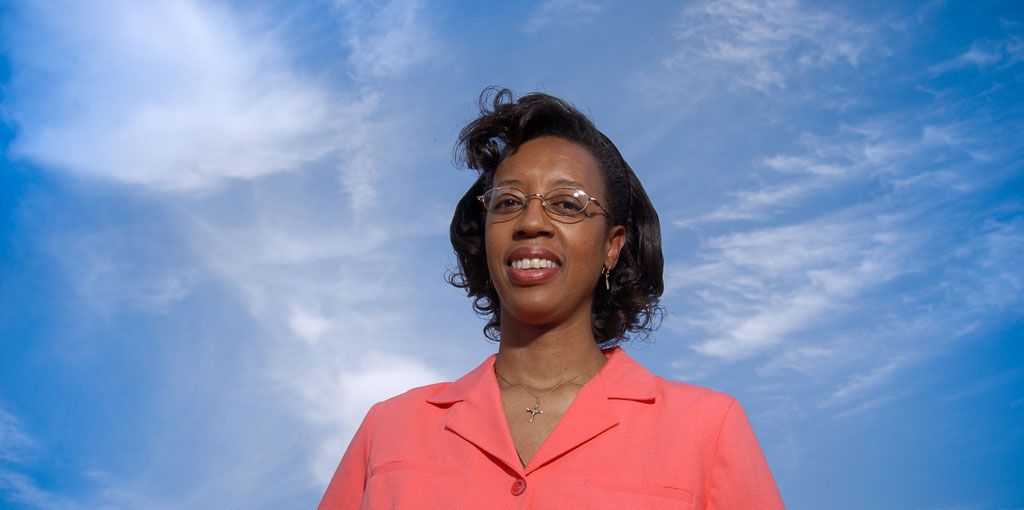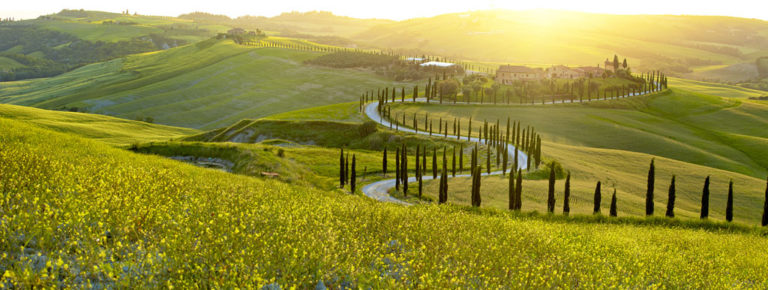Member Profile: Lesley-Ann Dupigny-Giroux

Long before she became Vermont’s State Climatologist, Lesley-Ann Dupigny-Giroux wanted to make sure her knowledge would matter. Dedicated to applied climatology as a physical geographer from early in her career, Dupigny-Giroux says, “If the work I am doing is not going to be used by other people, then why do it?”
Characteristically, Dupigny-Giroux’s special area of focus is among the most urgently useful for addressing climate change’s impacts: the extremes of precipitation, from drought to flooding. “It’s the extremes that really affect us as humans – droughts and heavy rains,” she says. Growing up in Trinidad, surrounded by water and the cyclical impacts of tropical cyclonic systems, Dupigny-Giroux saw first-hand how important community commitment and deep knowledge of a landscape are for practicing science that makes a difference. “I chose a double major in physical geography and development studies, because I wanted to give back to the communities I work in, having grown up in an emerging nation.” Trinidad’s compact size also taught Dupigny-Giroux the value of really knowing a place.
These lessons proved vital when she moved to Vermont in 1997 to become the state climatologist and a professor at the University of Vermont. The move offered a chance to retool her skillset as a tropical geographer to work in a mid-latitude climate. Before coming to Vermont, Dupigny-Giroux had worked in, among other places, northern Brazil. She also spent time as a PhD student in Colorado, studying under the ground-breaking meteorologist Dr. Warren Washington and geographer Harry Van Loon, who remained lifelong mentors.
In Vermont, “I had to get to know the state to represent it,” she recalls. “That took a few years, and a lot of deep listening: learning the climate, learning the weather, listening closely, because Vermont like a lot of the Northeast, has been peopled for so long. Learning those stories, learning the data, learning the understanding is what sets you up for being able to say anything. There’s this really, really close connection to land in Vermont, connection to history, close connection to weather observations. How do I as a scientist honor and cherish those, before uncovering the unanswered questions, the gaps in our understanding, in the weather and climate content that existed, and that exist—and one big piece was drought. Droughts in Vermont look different than in a place like Kansas, or Hawaii. There was very little research on drought conditions and drivers over the last 200 years.” Here was where science could be useful. Dupigny-Giroux set about filling that gap.
“We Learn More as Time Goes On”
Another critical gap that Dupigny-Giroux works on is the need for climate literacy. From terminology—knowing the different meanings of climate, climate variability, climate change, and just plain weather—to better frameworks for understanding that science is ever-changing, Dupigny-Giroux untangles the knowledge in plain terms for people of an impressive age range, from preschoolers to older adults. “Climate and climate change are all the same kettle of fish for a lot of people,” she laughs, “but not for climatologists!”
She says that it is important for the public to see new data and changing protocols as evidence that science is working, not vice versa. “We learn more as time goes on. Every week we find out more – if more data show you that your understanding needs to evolve, that’s important.”
Whether unearthing new data or listening deeply to community knowledge of places, Dupigny-Giroux’s work honors the past. “If you don’t know your history then you can’t pass it along,” she says. “You won’t know how science is iterative, you won’t see the patterns.”
The human connection to our past is something that Dupigny-Giroux’s work as a scientist makes evident, especially in her mentoring—in and outside of the university’s walls. On the day we spoke, one of her students had successfully defended her dissertation. Dupigny-Giroux was clearly proud and relieved. But the mentoring, for her, never really ends. “I could be in a checkout line and I’ll start up a conversation with someone in front of me, offering advice, hearing what they need. It doesn’t matter, I get into this philosophical mentoring thingy because that’s part of who I am. For me, it is all about science in the service of humanity.”
Find out more about AAG’s work to address climate change
